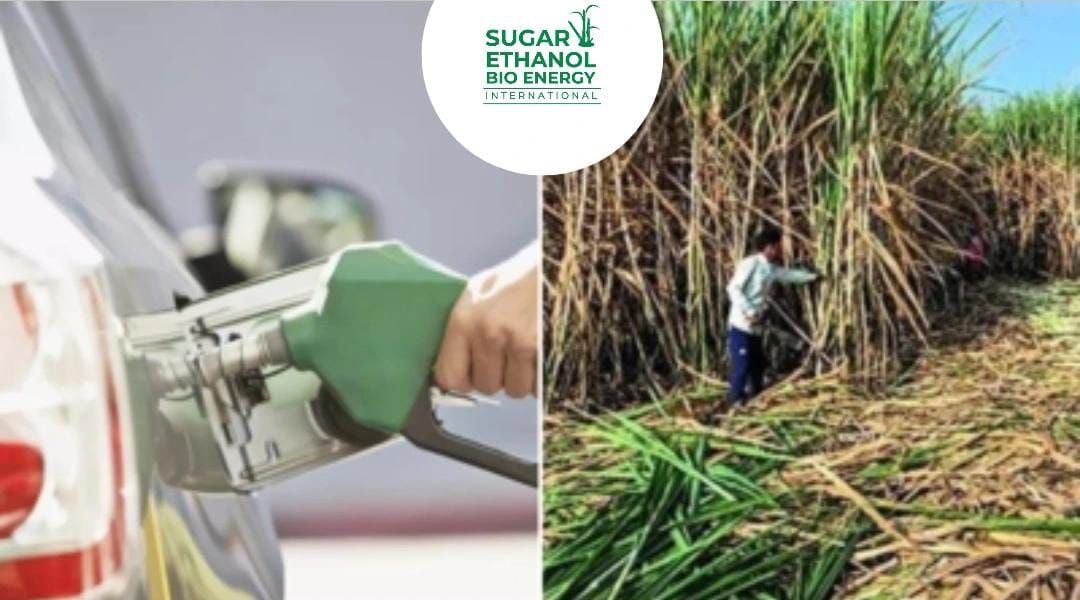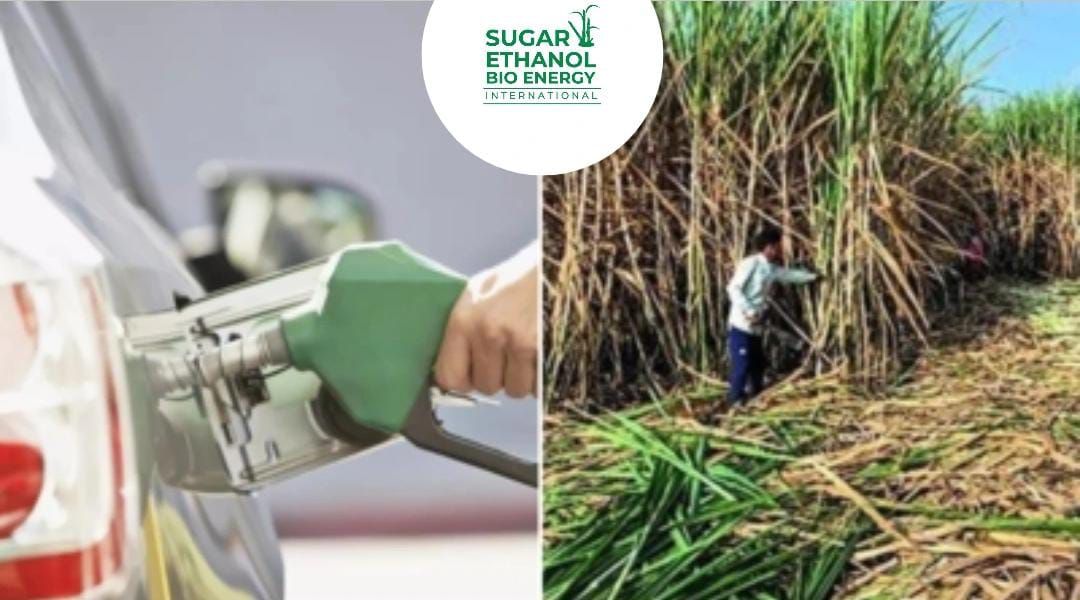
The Indian sugar sector is urging the government to ramp up ethanol blending with petrol from the current 20% (E20) to 27% (E27), arguing that the country already has surplus ethanol production capacity from sugarcane.
The industry claims there is more than ₹40,000 crore already invested in ethanol production infrastructure, with a total annual capacity exceeding 9,000 million litres from sugarcane feedstocks alone.
In fact, for the 2025‑26 ethanol supply year, offers of ~17,760 million litres have been made, whereas the current demand from oil marketing companies is around 10,500 million litres.
Of these offers, ~4,710 million litres come from sugarcane feedstock, with the balance from grain‑based ethanol producers.
Industry leaders emphasize the need for a time‑bound national ethanol mobility roadmap. This would help with clarity on blending milestones, vehicle adaptation, and incentives for advanced biofuels (2G/3G ethanol, aviation fuel, etc.).
They warn that without such a roadmap, ethanol plants could be underutilised, investments could stagnate, and financials of sugar mills may suffer.
While calling for higher blending, the industry also notes its shrinking share in the ethanol mix:
In 2022‑23, sugarcane‑based ethanol accounted for 73% of total blending supply. That share has dropped to just ~28% in recent years, primarily due to static ethanol procurement prices not keeping pace with increased cane costs, making ethanol production less attractive versus selling sugar directly.
If E27 is adopted, massive volumes of sugar will need to be diverted into ethanol, potentially reducing pressure on sugar surpluses but also requiring careful monitoring of domestic sugar supply.
Farmers stand to benefit through higher, stable incomes if the policy ensures fair returns on ethanol.
However, automakers may need to upgrade or certify more vehicles for higher ethanol blends, and fuel infrastructure would need to adapt accordingly.
The policy shift could also boost investment in advanced ethanol technologies (e.g. 2G) to supplement conventional feedstocks.



